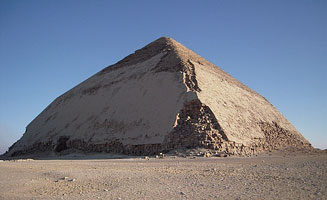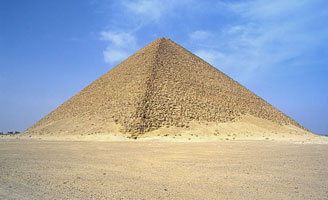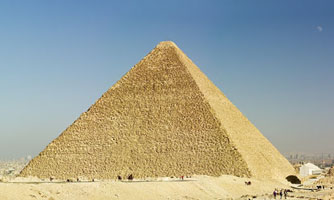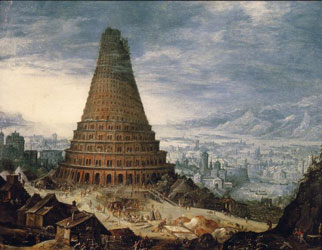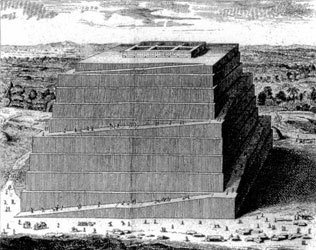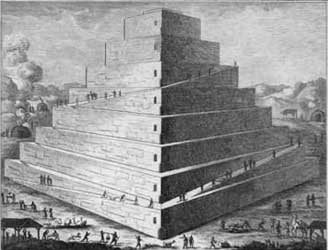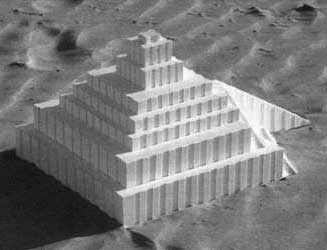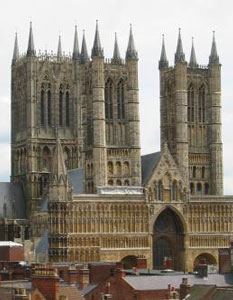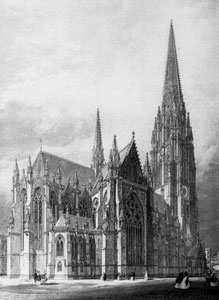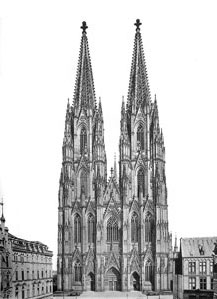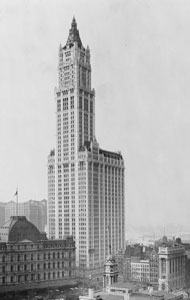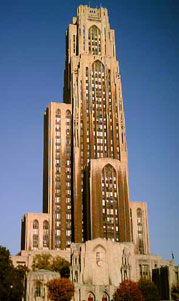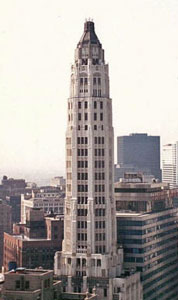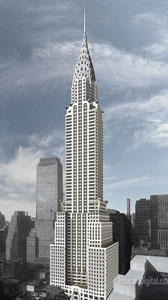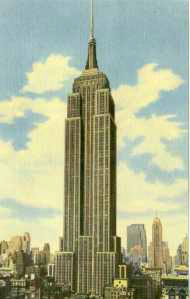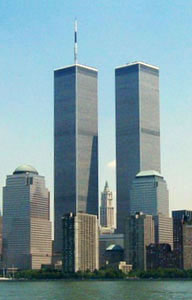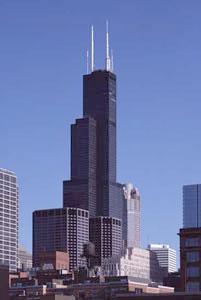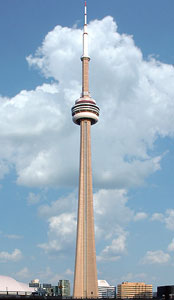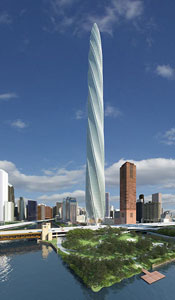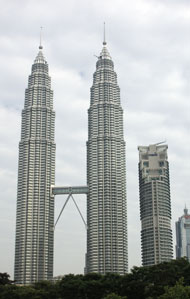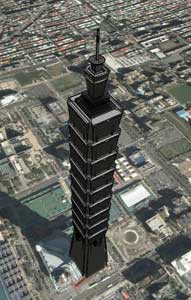"Because we are accustomed every moment to observe the difficulty with which things are raised in opposition to the impulse of gravity; the idea of ascending always implies the notion of force exerted in overcoming this difficulty; the conception of which invigorates and elevates the thought, after the same mannner as a grand object, and thus gives a distance above us much more an appearance of greatness, than the same space could have in any other direction. The sensation of amplitude, which by this means comes to attend the interposed distance, is transferred to, and considered as excited by the object that is eminent and above us; and that object, by this transference, acquires grandeur and sublimity."
Alexander Gerard: An Essay on Taste. London: 1759.
[In this paragraph, Gerard summarizes Section VIII of David Hume:
A Treatise of Human Nature, Book II, Part III. London: 1739-1740.]
"Greatness of dimension is a powerful cause of the sublime. This is too evident, and the observation too common, to need any illustration; it is not so common to consider in what ways greatness of dimension, vastness of extent, or quantity, has the most striking effect: for certainly there are ways and modes wherein the same quantity of extension shall produce greater effects than it is found to do in others. Extension is either in length, height, or depth. Of these, the length strikes least; a hundred yards of even ground will never work such an effect as a tower a hundred yards high, or a rock or mountain of that altitude. I am apt to imagine, likewise, that height is less grand than depth; and that we are more struck at looking down from a precipice than looking up at an object of equal height: but of that I am not very positive."
Edmund Burke: A Philosophical Enquiry into the Origin of our Ideas of the Sublime and Beautiful.
Second Edition, 1759. (Part Two, Section VII: "Vastness".)
"The simplest form of external grandeur appears in the vast and boundless prospects presented to us by nature; such as wide extended plains, to which the eye can see no limits; the firmament of heaven; or the boundless expanse of the ocean. All vastness produces the impression of sublimity. It is to be remarked, however, that space, extended in length, makes not so strong an impression as height or depth. Though a boundless plain be a grand object, yet a high mountain, to which we look up, or an awful precipice or tower whence we look down on the objects which lie below, is still more so."
"In the feeble attempts, which human art can make towards producing grand objects (feeble, I mean, in comparison with the powers of nature), greatness of dimensions always constitutes a principal part. (...) A gothic cathedral raises ideas of grandeur in our minds, by its size, its height, its awful obscurity, its strength, its antiquity, and its durability."
Hugh Blair: Lectures on rhetoric and belles lettres. London, 1783. (Lecture III)

